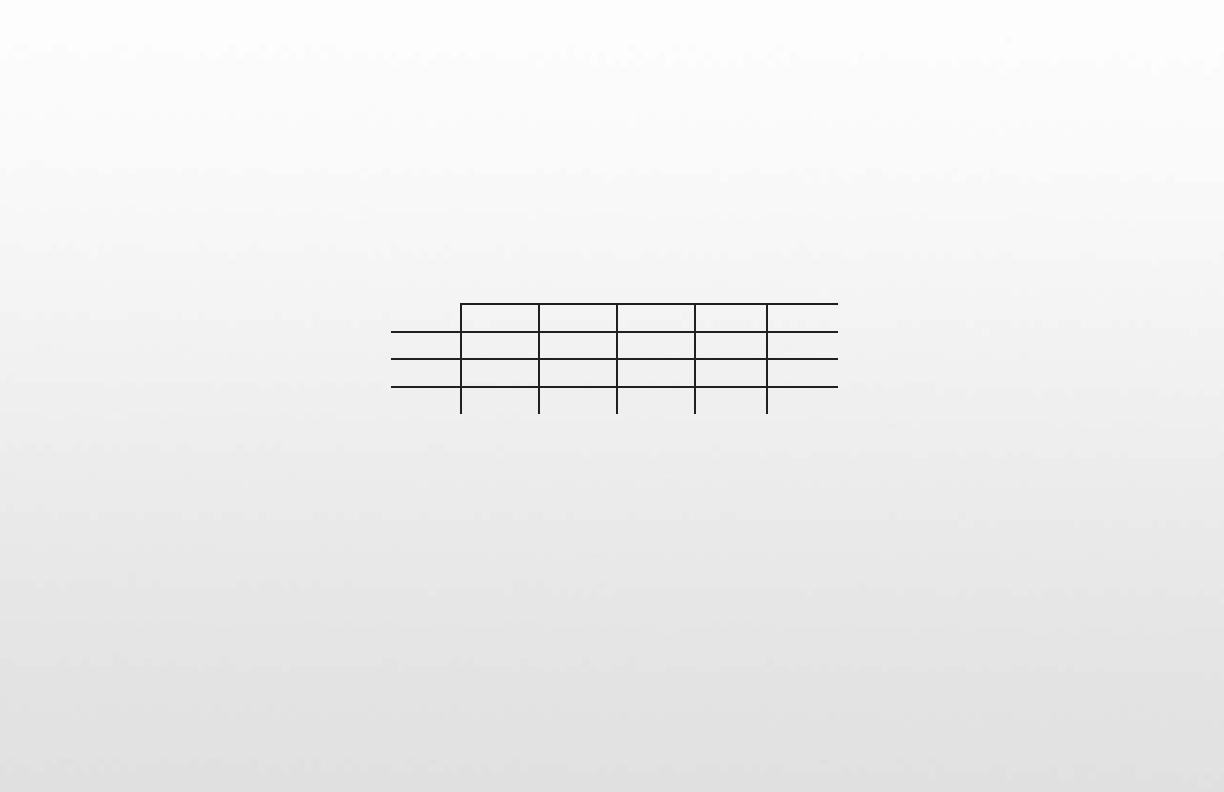Specification Sheet

[28]
Will adjusting my compressor to deliver a higher pressure make the AirSpade work better?
No. AirSpade nozzles are designed to operate optimally at 90 psi. Supplying higher pressure to a supersonic nozzle that has been optimized for 90 psi actu-
ally defocuses the air-jet, thus degrading performance while dramatically increasing air consumption.
What size air hose do I need for my AirSpade?
Compressed air flowing through a hose experiences a pressure loss from constrictions and friction proportional to the length of the hose. Air volume,
operating pressure, hose ID and smoothness also determine the loss. For more information on air hose pressure loss visit our website. Generally speaking,
air hose of at least 1” ID is recommended for most AirSpade applications. The AirSpade 3000 requires a minimum air hose ID of 1.25”. To ensure
satisfactory digging performance, air hose can always be sized larger than required, but not smaller.
Pressure Loss (psig)
Air Flow/Nozzle Size (scfm)
Hose ID
25 60 105 150 225
¾” 0.3 1.6 5.6 12.3 25.0
1” 0.1 0.4 1.3 2.8 5.5
1¼” 0.0 0.1 0.4 0.8 2.0
What about connectors and fittings?
Be sure that fittings and/or connectors do not restrict the air flow in any manner. Use fittings that are rated the same size, or larger, for a given air line size.
We recommend the use of Chicago style “Air King” fittings, used in conjunction with safety pins.
In what types of soils does AirSpade work?
Because of its unique, focused air-jet, the AirSpade is effective in virtually all soils and even hard clays. In general, the AirSpade will not cut through rock.
However, shale may be broken apart by the AirSpade if the jet is directed between the laminations of the rock. Similarly, the AirSpade will not dislodge hard,
frozen soil that tends to behave like pavement or concrete.
Can I use the AirSpade for digging in clay?
Tests show the AirSpade to be effective in compacted soils with unconfined compressive strengths well above the values listed for hard clay.
[29]
airspade.com










